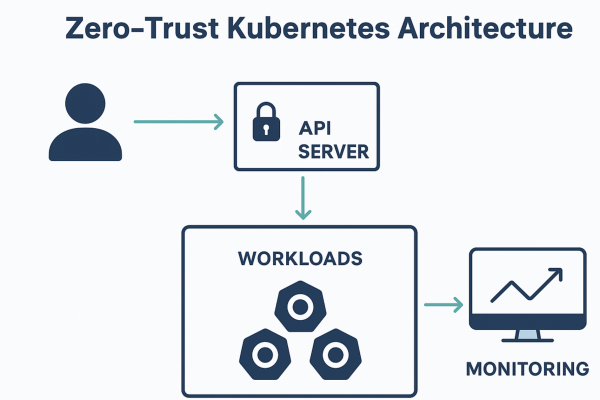Mastering AWS CDK: A Comprehensive Guide to Common Queries
In the realm of cloud infrastructure, AWS Cloud Development Kit (CDK) has emerged as a powerful tool that enables developers to define cloud resources using familiar programming languages such as TypeScript, Python, Java, and more. As developers delve into the world of AWS CDK, they often come across a plethora of questions. In this comprehensive guide, we’ll address some of the most common queries related to AWS CDK, providing insightful explanations and practical examples.
1. How do you reset the context in CDK?
The context in AWS CDK refers to parameters or values that can be passed to your CDK application during deployment. To reset the context, you can use the following command:
cdk context –clear
By running this command, you clear all the saved context values, and the next time you deploy, CDK will prompt you for new values.
2. What is the stack limit in AWS CDK?
The AWS Cloud Development Kit (CDK) had a default stack limit of 200 resources per AWS CloudFormation stack. However, this limit might change over time as AWS updates its services and offerings. To get the most up-to-date information on the stack limit in AWS CDK, I recommend checking the official AWS CDK documentation or AWS support resources.
3. How do I update my AWS CDK?
To update your AWS CDK to the latest version, you can use the following command:
npm install -g aws-cdk@latest
This command will globally install the latest version of the AWS CDK package.
4. What is the best caching strategy?
The best caching strategy depends on your application’s specific requirements. AWS CDK allows you to integrate various caching mechanisms, such as Amazon CloudFront for content delivery, Amazon ElastiCache for in-memory caching, and DynamoDB Accelerator (DAX) for caching in front of DynamoDB.
For example, if you want to cache content globally, CloudFront is an excellent choice. On the other hand, if your application requires fast retrieval of frequently accessed data, ElastiCache might be more suitable.
5. What is the best caching mechanism?
The best caching mechanism varies based on the use case. For static assets like images and scripts, Amazon CloudFront provides a highly efficient content delivery network (CDN) with caching capabilities. When it comes to data caching, Amazon ElastiCache offers in-memory caching solutions, enhancing the speed of data retrieval and reducing the load on primary databases.
6. How do I add a CDK to a project?
To add AWS CDK to your project, you need to follow these steps:
-
- Create a new directory for your project.
-
- Open a terminal and navigate to the project directory.
-
- Run the following command to initialize a CDK app
Cdk init
- Run the following command to initialize a CDK app
7. How do you make a CDK?
Creating a CDK app involves the following steps:
-
- Initialize the App: Use the cdk init command to set up a new CDK app in your desired programming language.
-
- Define Stacks: Create classes that inherit from the Stack class. These classes represent the AWS resources you want to deploy.
-
- Configure Resources: Within each stack, use CDK constructs to define AWS resources like Lambda functions, S3 buckets, and more.
-
- Synthesize and Deploy: Run the cdk synth command to generate the AWS Cloud platform Formation template. Then, use cdk deploy to deploy your resources.
8. How to install CDK with npm?
To install AWS CDK using npm, run the following command:
npm install -g aws-cdk
This command installs the AWS CDK package globally, allowing you to use it across your projects.
9. What is a CDK template?
A CDK template refers to the AWS CloudFormation template that the AWS CDK generates from your application’s code. This template defines the AWS resources and configurations specified in your CDK app. The CDK template is created using the cdk synth command.
10. What is cdk synth?
The cdk synth command is used to generate the CloudFormation template for your CDK app. This template captures the infrastructure resources and configurations defined in your CDK code. It allows you to preview the resources that will be created before actually deploying them.
11. What is a CDK template?
A CDK template, also known as a CloudFormation template, is an AWS Cloud ormation configuration file that defines the infrastructure resources you want to create in your AWS environment. In the context of the AWS CDK, the CDK template is generated from your CDK app’s code using the cdk synth command.
12. What is CDK and how do you use it?
The AWS Cloud Development Kit (CDK) is an open-source software development framework for defining cloud infrastructure in code. Cloud technoloy developers to use familiar programming languages to define AWS resources, rather than writing static CloudFormation templates. To use CDK, you initialize an app, define stacks, configure resources, and deploy using commands like cdk synth and cdk deploy.
In conclusion, the AWS global infrastructure CDK offers developers a powerful and flexible way to define and manage cloud resources using code. By addressing these common queries and providing practical examples, this guide aims to equip you with a deeper understanding of AWS CDK’s capabilities and how to leverage them effectively in your projects.
Use –
Author






